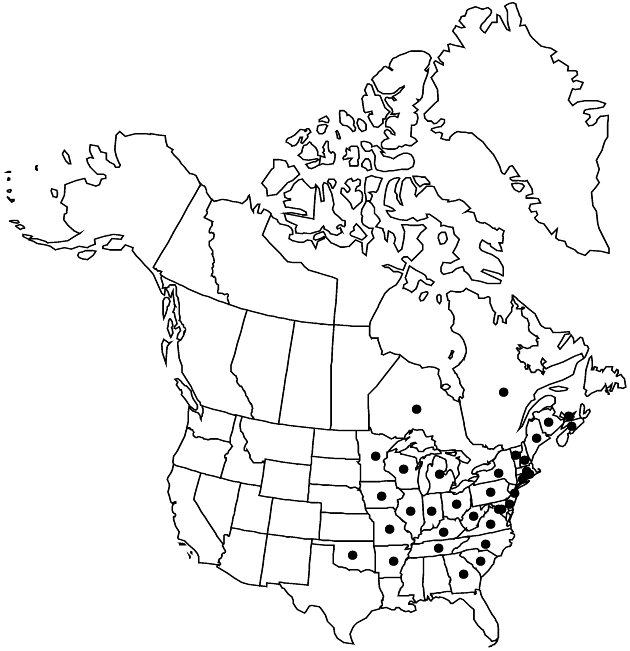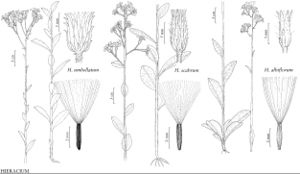Difference between revisions of "Hieracium scabrum"
Fl. Bor.-Amer. 2: 86. 1803.
FNA>Volume Importer |
imported>Volume Importer |
||
| Line 6: | Line 6: | ||
|place=2: 86. 1803 | |place=2: 86. 1803 | ||
|year=1803 | |year=1803 | ||
| + | }} | ||
| + | |special_status={{Treatment/ID/Special_status | ||
| + | |code=F | ||
| + | |label=Illustrated | ||
| + | }}{{Treatment/ID/Special_status | ||
| + | |code=E | ||
| + | |label=Endemic | ||
}} | }} | ||
|basionyms= | |basionyms= | ||
| Line 56: | Line 63: | ||
|publication title=Fl. Bor.-Amer. | |publication title=Fl. Bor.-Amer. | ||
|publication year=1803 | |publication year=1803 | ||
| − | |special status= | + | |special status=Illustrated;Endemic |
| − | |source xml=https:// | + | |source xml=https://bibilujan@bitbucket.org/aafc-mbb/fna-data-curation.git/src/bb6b7e3a7de7d3b7888a1ad48c7fd8f5c722d8d6/coarse_grained_fna_xml/V19-20-21/V19_405.xml |
|tribe=Asteraceae tribe Cichorieae | |tribe=Asteraceae tribe Cichorieae | ||
|genus=Hieracium | |genus=Hieracium | ||
Revision as of 20:37, 27 May 2020
Plants (15–)30–60+ cm. Stems proximally piloso-hirsute (hairs 1.5–5+ mm), sometimes stellate-pubescent as well, distally stellate-pubescent, sometimes stipitate-glandular, rarely piloso-hirsute (hairs 1–2+ mm). Leaves: basal 0(–3), cauline 6–24+; blades elliptic or oblanceolate to spatulate or lanceolate, (20–)35–80(–120+) × (10–)20–35(–50+) mm, lengths 2–6+ times widths, bases cuneate to rounded-truncate, margins usually entire, sometimes denticulate, apices rounded to obtuse, faces hirtellous to piloso-hirsute (hairs 0.5–1+ mm). Heads (5–)10–25(–50+) in corymbiform to paniculiform arrays. Peduncles stellate-pubescent and stipitate-glandular (hairs 0.3–0.6+ mm). Calyculi: bractlets 12–15+. Involucres campanulate, 7–9 mm. Phyllaries 13–21+, apices ± acuminate, abaxial faces stellate-pubescent and stipitate-glandular, rarely, if ever, piloso-hirsute. Florets (30–)40–60+; corollas yellow, 9–11 mm. Cypselae columnar, 2.5–3 mm; pappi of 30–40+, stramineous bristles in ± 2 series, 6–7 mm.
Phenology: Flowering Jul–Sep.
Habitat: Sandy soils, open, disturbed sites (fields, stream sides), wooded sites
Elevation: 10–300+ m
Distribution

N.B., N.S., Ont., P.E.I., Que., Ark., Conn., Del., D.C., Ga., Ill., Ind., Iowa, Ky., Maine, Md., Mass., Mich., Minn., Mo., N.H., N.J., N.Y., N.C., Ohio, Okla., Pa., R.I., S.C., Tenn., Vt., Va., W.Va., Wis.
Discussion
Selected References
None.
